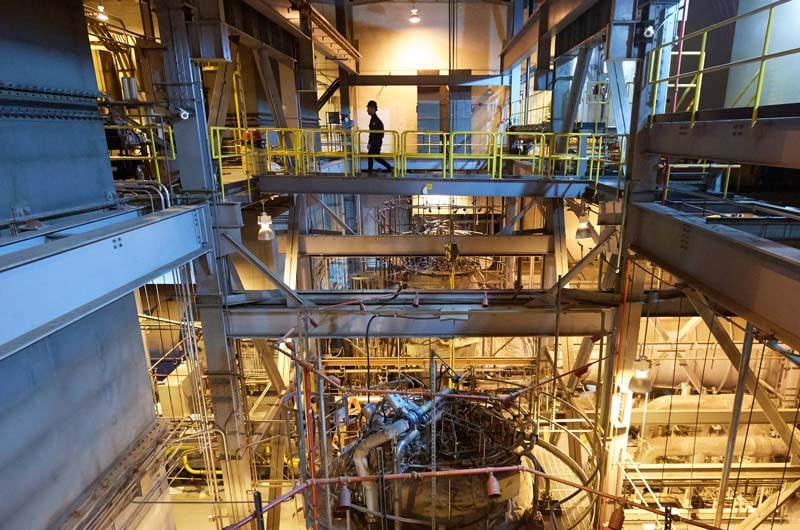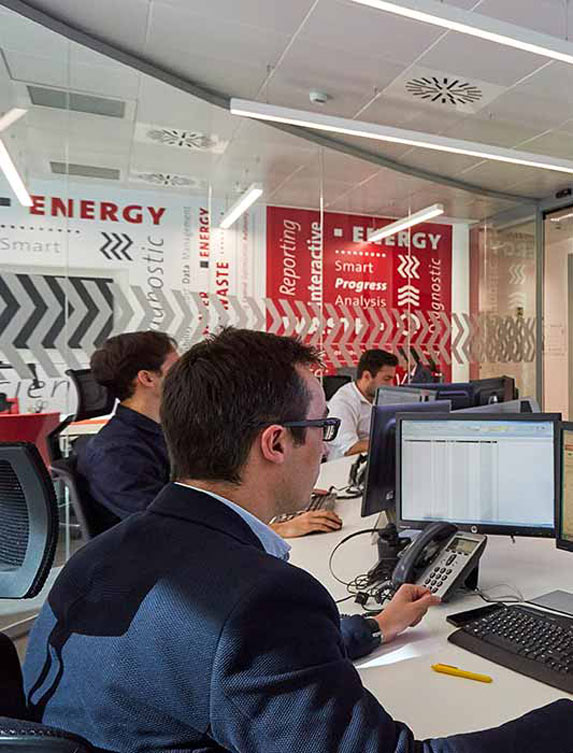As Local Law 97 sets ambitious goals for carbon reduction, building owners ask: What can we do to comply?
Climate change is ushering in a new era for building owners in New York City, where over 50,000 buildings must meet ambitious targets for carbon emission reductions outlined in Local Law 97 (LL97) — part of a package of bills contained in the city’s groundbreaking Climate Mobilization Act.
Local Law 97 requires carbon emissions reductions for covered buildings over 25,000 square feet and takes effect in 2024, with penalties for non-compliance starting in 2025. A building’s annual emissions are determined by the amount of energy it consumes and are reported as "equivalent tons of CO2" emitted. The law sets a specific emissions limit per square foot for each building classification group.
An early analysis indicates many NYC buildings currently comply with the 2024 limits, and only the highest energy users would face financial penalties in 2025. Beginning in 2029, however, the emissions limits will be lowered, and at that point the majority of NYC properties will exceed their cap unless mitigation efforts are in place.

How will LL97 be enforced?
The NYC Department of Buildings (DOB) Office of Building Energy and Efficiency Performance is leading the rulemaking process and has authority over enforcement of LL97. While the DOB has yet to issue specific rules, early indications are that non-compliance issues will be treated as a building code violation.
Building owners will be required to submit annual emissions reports to the DOB beginning May 1, 2025. The reports must calculate total emissions for the previous calendar year and indicate the amount above or below the limit. Expert help will be needed for this step as the reports must be certified by a registered design professional. Fines for exceeding the emissions cap will be assessed by the DOB at $268 for every ton of CO2 over the limit.
Some perspective on the fines: an office building with typical occupancy and energy consumption will not likely be impacted by LL97 penalties in 2025. A building with high density usage and longer operating hours could see annual fines in the hundreds of thousands of dollars, while a very energy intensive building, like a large data center, could be exposed to seven-figure fines under the current rules.
Avoiding the penalties — help is available
While many owners may view LL97 as stringent in nature, more and more are recognizing the opportunity the law presents to reduce operating costs. Experts in energy management are available to conduct an in-depth review of building systems, define where and when energy is being consumed and identify areas where energy is being wasted. Upgrading to high efficient building equipment can reduce or eliminate LL97 penalties while improving net operating income and overall property valuation.
What if my tenants use most of the energy?
An ongoing challenge for NYC real estate owners is most of the energy used in buildings is controlled by the tenants. To help landlords with this issue, state-funded programs exist that subsidize the cost for tenant energy surveys and for submetering their spaces. Numerous case studies have shown that providing accurate, detailed and easily accessible (web-based) energy reporting to tenants can reduce overall energy consumption. Ultimately, the costs for penalties will be shared by landlords and tenants alike. By using these incentive programs, building owners can open the door to collaborating with tenants on whole building energy-efficiency initiatives and significantly improve the likelihood of meeting carbon emissions targets.
Additional paths to compliance
If efficiency projects are not enough, LL97 allows for other means to meet CO2 targets. Building owners can offset their calculated emissions by purchasing carbon offsets, which fund renewable or sequestration projects like wind farms, tree planting programs, etc. The law caps these offsets at 10% of annual emissions.
Fuel switching is another path to compliance. Converting from oil-fired boilers to natural gas will save operating cost and lower carbon emissions drastically. If converting to gas, consider a combined heat & power system (CHP), which produces electricity and heat simultaneously. CHP systems reduce overall emissions and because they can run during a power outage, improve resilience.

Another option is purchasing renewable power directly for the building. Direct renewable power purchases can offset up to 100% of the building’s emissions penalty; however, the law stipulates the power must be generated in or physically delivered to NYC. Meeting this requirement is difficult at present because there are not enough local sources of renewable energy to meet demand.
Finally, LL97 provides for the creation of a future carbon trading market. If implemented this would allow buildings that are below their emissions cap to sell or trade credits to other properties that operate above the cap. Presumably the cost for these future credits would be below the $268/metric ton penalty.
Where to begin?
Gaining an understanding of your energy usage and potential exposure to penalties is a great first start. This requires gathering historic energy bill data and estimating annual CO2 emissions. If warranted, a building energy audit would be an appropriate next step. A trained auditing professional will review drawings and utility bills and conduct an inspection of building systems to identify areas where energy efficiency can be improved. The audit should include a cost benefit analysis of various energy upgrades and an assessment of renewable energy procurement options. The objective of the energy audit is to give building owners a roadmap to achieving energy cost savings and ultimately comply with Local Law 97.
LL97 enforcement may seem a long way off, but if your building is above the 2024 limit, now is the time to engage a professional and begin planning. If a major upgrade project is justified it will take time to evaluate, design, secure approvals and financing, and finally implement.



